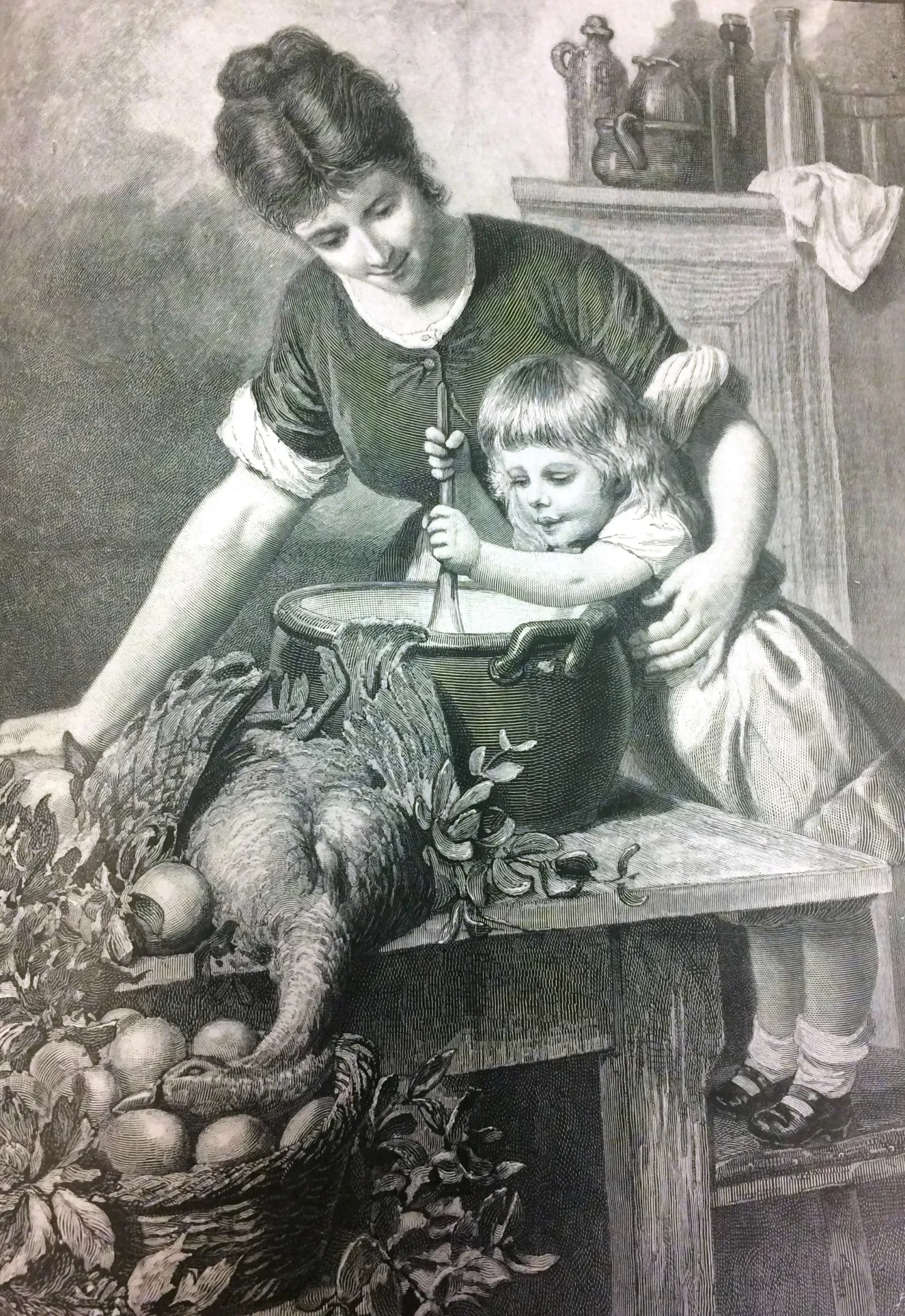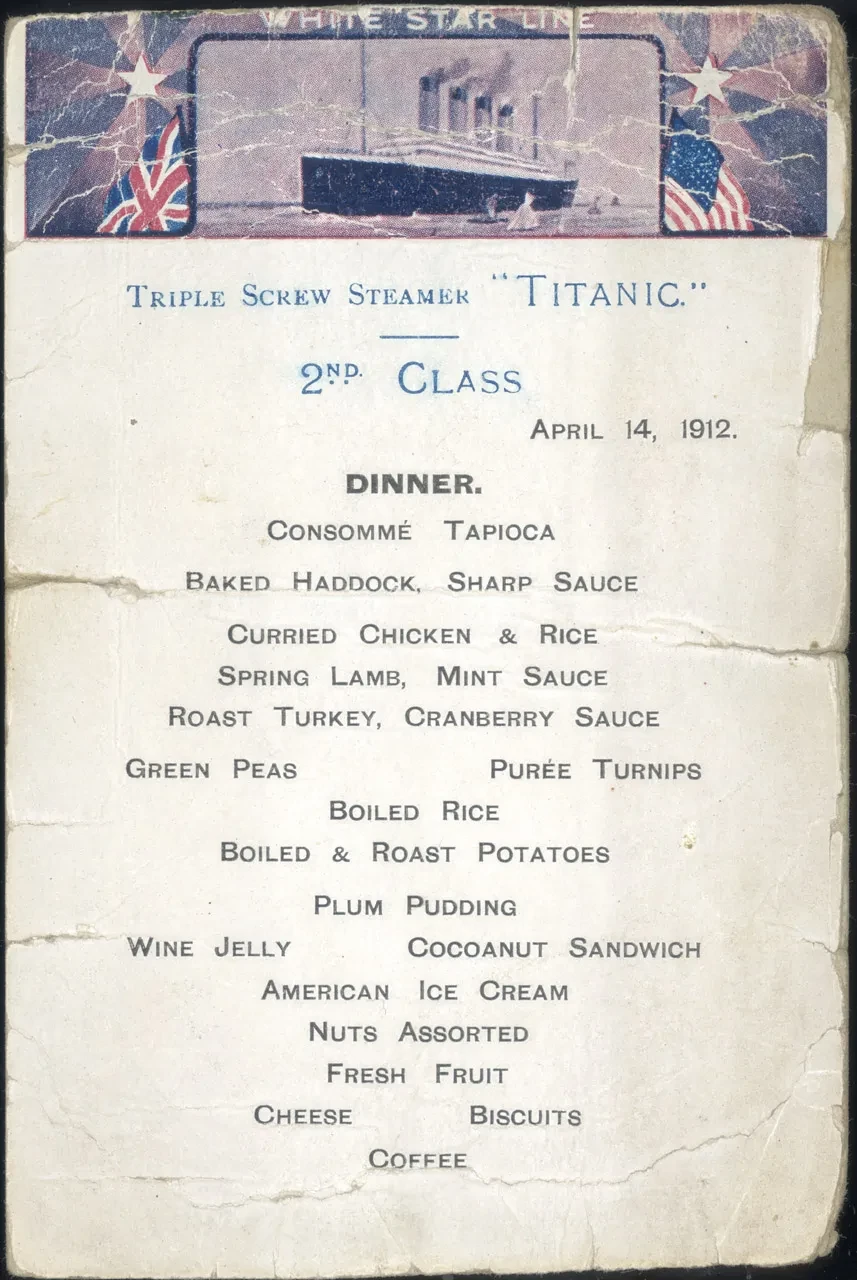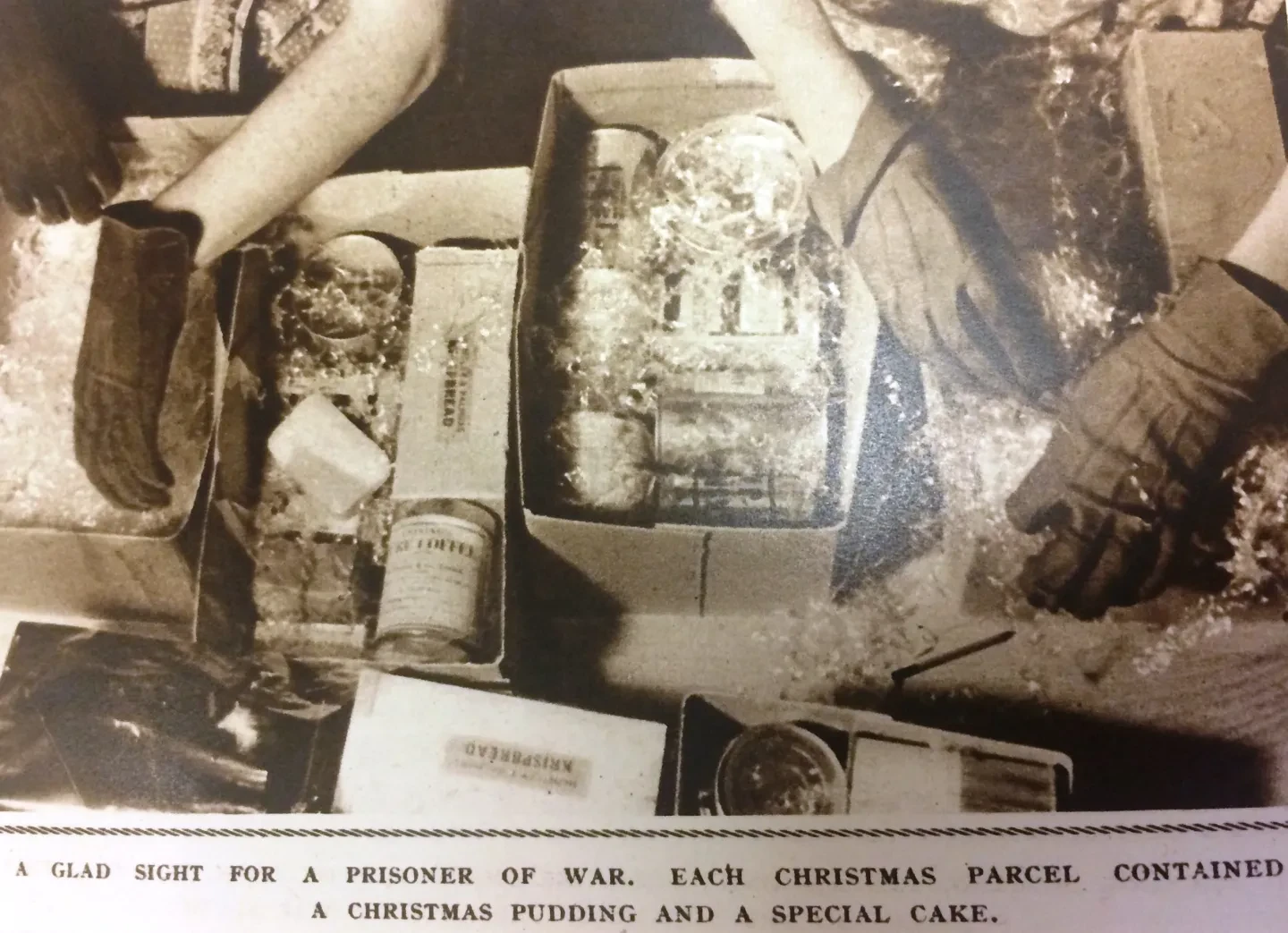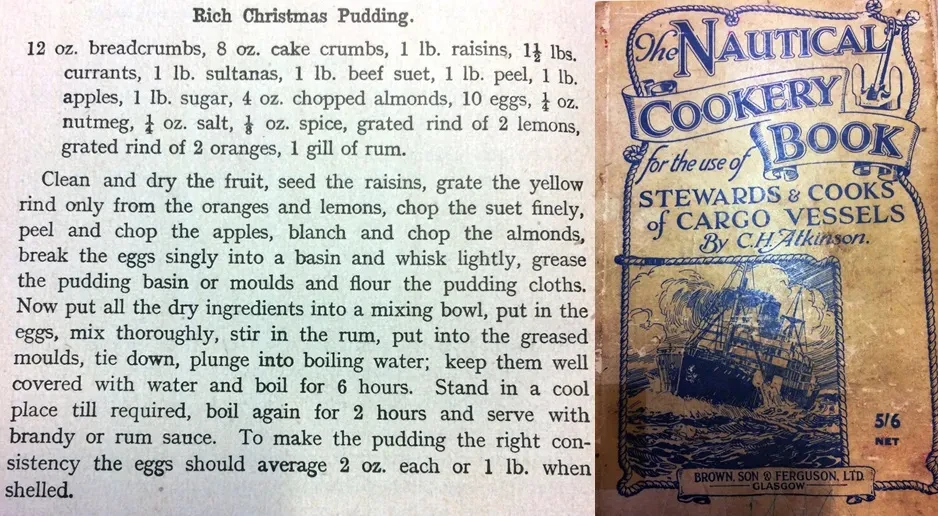
We all have traditions around Christmas time and for many this will include a flaming Christmas pudding triumphantly brought to the dinner table, presented to both family and friends. Not all of us though, like a slice of Christmas pudding to round off our Christmas meal. I have heard it described as "the dessert from the depths of hell itself", "a flaming delight; a feast for the eyes and mouth"; Both descriptions reminded me of a quote from Charles Dicken's A Christmas Carol and made me wonder about the origins of the Christmas pudding.
Visit the Caird Library and Archive
“If I could work my will," said Scrooge indignantly, "every idiot who goes about with 'Merry Christmas' upon his lips should be boiled with his own pudding, and buried with a stake of holly through his heart. He should!”
-A Christmas Carol by Charles Dickens
Christmas pudding or by its other name, plum pudding, comes in all shapes and forms these days and has come a long way from its humble beginnings. One of its earliest forms in the sixteenth century was a porridge made with meat, root vegetables and dried fruit, thickened with bread crumbs. This was usually eaten at the beginning of a meal rather than at the end. Eventually the meat disappeared from the dish and it became a suet pudding with plums. These were not actual plums but raisins soaked in wine or brandy. It wasn’t until the mid-seventeenth century that this pudding became associated with Christmas which led to it being banned in 1647 by Oliver Cromwell who believed that it and other festive traditions led to drunken revelry instead of sombre reflection. It remained outlawed until 1660 when Charles II took the throne and reinstated the festival.
Originally the puddings would have been shaped into a sphere and boiled in a cloth. Even the Navy would be sure to supply its ships with enough cloth so the sailors could boil their puddings. This practice eventually gave way to steaming the dessert in a pudding basin or elaborate mould, particularly in wealthier households.

By Victorian times, the plum pudding had changed into something similar to the ones that are eaten today and would come to embody Christmas, appearing on greeting cards and in satirical cartoons of the time. Boosted by Queen Victoria and Prince Albert its popularity reached such heights that rich or poor, every Victorian would expect a pudding to round off their Christmas meal; with perhaps hide a number of small trinkets in the mixture. These charms often included:
A silver coin which signified wealth
A ring to represent a future marriage
A thimble meant spinsterhood or thrift
A tiny wishbone to bring good luck
An anchor to symbolise safe harbour
The ritual of these charms may have led to the children’s nursery rhyme:
Flour of England, fruit of Spain,
Met together in a shower of rain;
Put in a bag tied round with a string,
If you'll tell me this riddle, I'll give you a ring.
This rhyme appeared in James Orchard Halliwell’s Nursery Rhymes of England 1842, one of the few rhymes involving the Christmas pudding.

These charms were by no means the only ritual belonging to the Christmas pudding. Some people believed that when the mixture was being stirred everyone from the house hold was supposed to give it a stir and make a wish. By the end of the Victorian period the plum pudding became such a favourite that it was eaten year round and was even made it on the Titanic.

During the World Wars due to rationing finding even basic ingredients for a Christmas pudding was a trial. Inventive recipes were developed to avoid the use of sugar and egg, with one particular recipe using only one large spoon of sugar, no eggs and included a portion of mashed carrot to bring some essential sweetness and moisture to the recipe. The Christmas pudding was even found on the Front Line as Lady Rawlinson, wife of Lieutenant General Sir Henry Rawlinson Commander of the IV, gave a Christmas card and a pudding to every man in her husband’s Corps. Even during the famous Christmas Truce of 1914, allied troops’ puddings were exchanged for sausages, sauerkraut and chocolates with German troops. In 1939 puddings were included in the Christmas parcels sent to prisoners of war so they could enjoy that small festive tradition no matter where they were.

No matter what our traditions are over Christmas the plum pudding has developed over many years to symbolise hope, a wish waiting to be fulfilled. For those that are feeling adventurous, here is a Christmas pudding recipe from the Nautical Cookery Book (RMG ID: PBP4811).

Merry Christmas everyone and I hope you enjoy your Christmas pudding (or mince pie)!